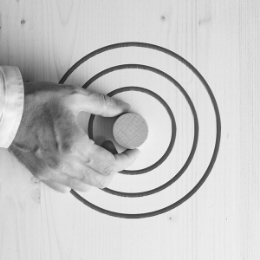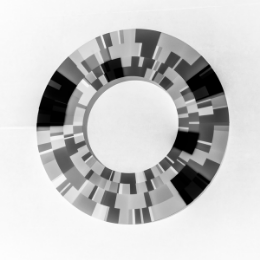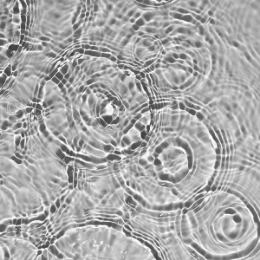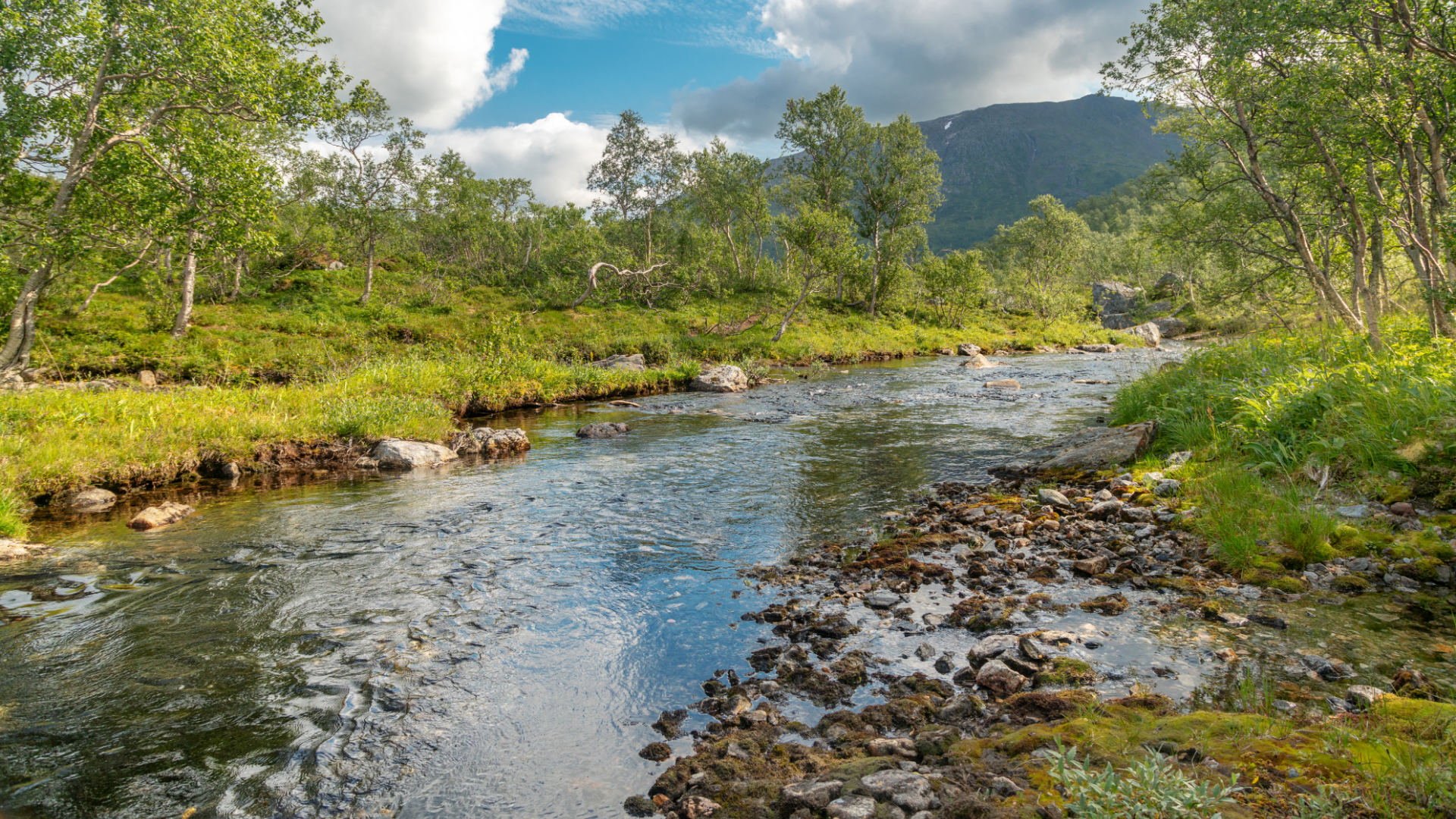
Vesterålen
32,500
Population
–
Main city
2,511 Km2
Area
–
GDP per capita
Main challenges
Floods
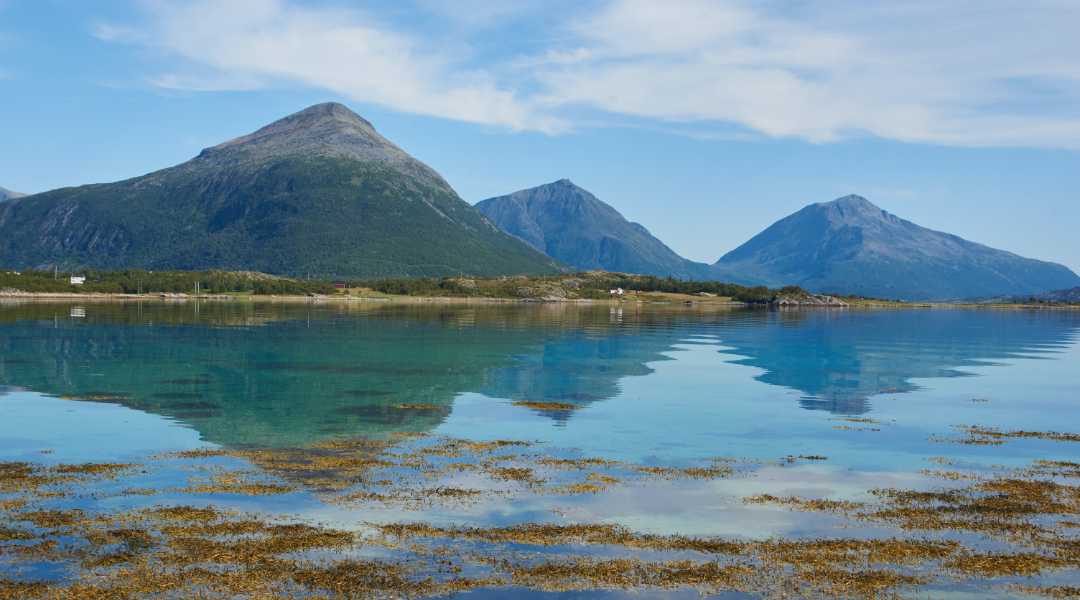
Vesterålen is a region in the north of Norway located 200 km north of the Artic Circle. The region is characterised by its islands, its steep topography, and the large geographical distances between local communities. The Norwegian region consists of five municipalities with a total of 32,500 inhabitants. Vesterålen has a higher degree of innovation compared to other northern regions. However, the level of education is lower compared to urban areas. The region also has a high level of technological competence related to both marine industry and entrepreneurial industry.
One of the world’s richest fishing grounds sits right off the coast of Vesterålen. The main industries in the region are fisheries and aquaculture. Some 315,000 tonnes of codfish and 46,000 of pelagic fish are caught every year in the region. Most of this exported to the European and Asian markets. The agriculture and the contractor industries are also important in Vesterålen.
Main challenge
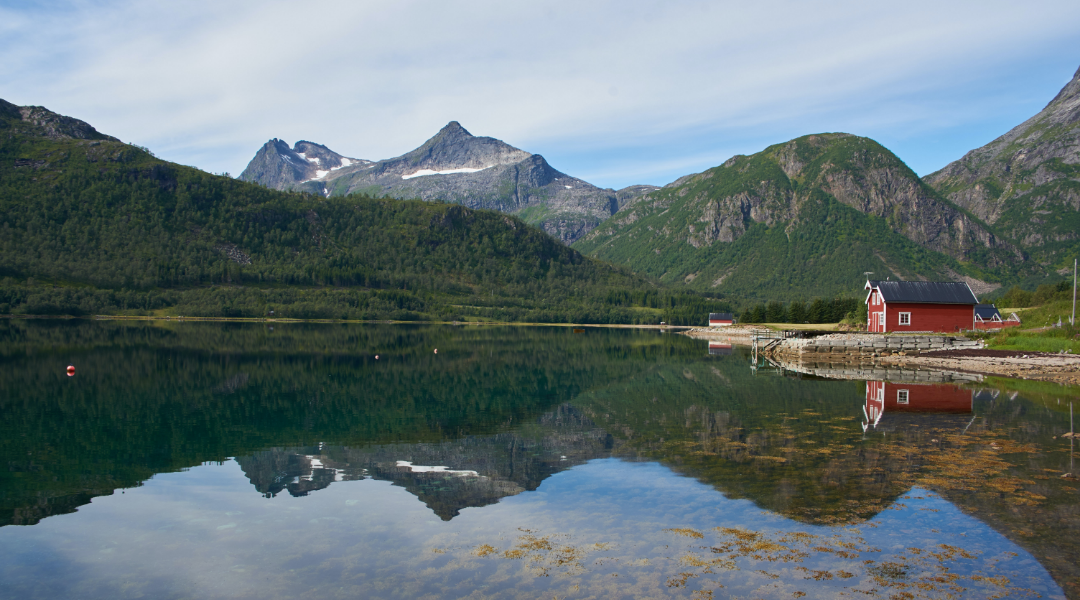
Vesterålen faces challenges related to sea level rise, sea water temperature increases and extreme weather. The region is vulnerable because the rising sea level will flood buildings and industrial areas. Extreme weather events may also ruin homes and infrastructure and make living conditions even harder. Due to the steepness of the mountains, the risk of avalanches both in winter and in summer is increased and could be potentially life threatening for inhabitants. The Nordic region is relatively inexperienced in climate change adaptation (CCA) innovation and only in 2020 did it start a project to showcase climate change effects on society and analyse and predict future scenarios.
Adaptation pathway

The Vesterålen region will focus on the further development and use of the GaiaVesterålen platform with augmented reality (AR) and virtual reality (VR) technology to demonstrate the effects of climate change and contribute to the local community – both private and public sector, as well as households –becoming more environmentally friendly. This activity will use the Digital Twin technology mainstreamed across the RESIST project to ensure the participation of all stakeholders involved in building resilience and adaptation to climate change. The demonstration activities will put special emphasis on showcasing the effects of climate change and its consequences for businesses with a focus on the marine industry – the biggest sector in the archipelago. The demonstration will show both the worst and the best-case scenarios.
The RESIST activities in Vesterålen will also look to the future by demonstrating the effects of climate change and how to adapt to them. The focus will be placed on extreme weather changes and rising sea levels. The municipal planners’ job will be central to this, and the activities will show how their decisions may affect the environment. Through RESIST, Vesterålen will develop a tool that can help the region plan for a changed climate in the future.
Knowledge sharing and creating synergies between European cities and regions is also an important activity within RESIST. Vesterålen will host the Artic Climate Summit as part of the Bodø 2024 European capital of culture event, creating a perfect scenario for exchange and networking.
Learn more about Vesterålen’s solutions
